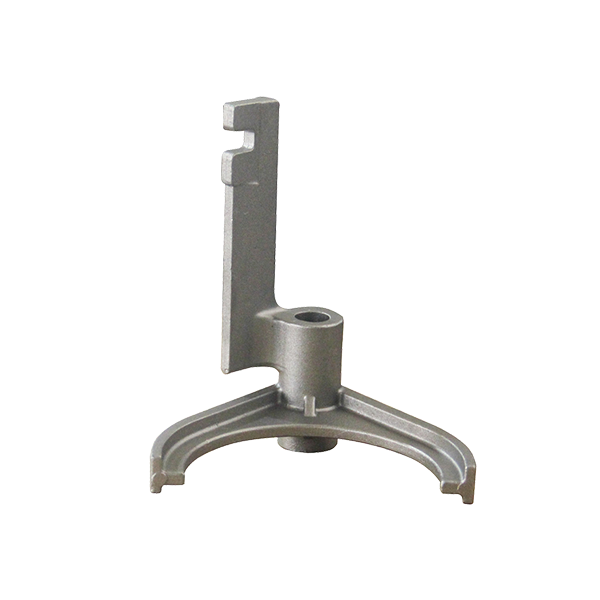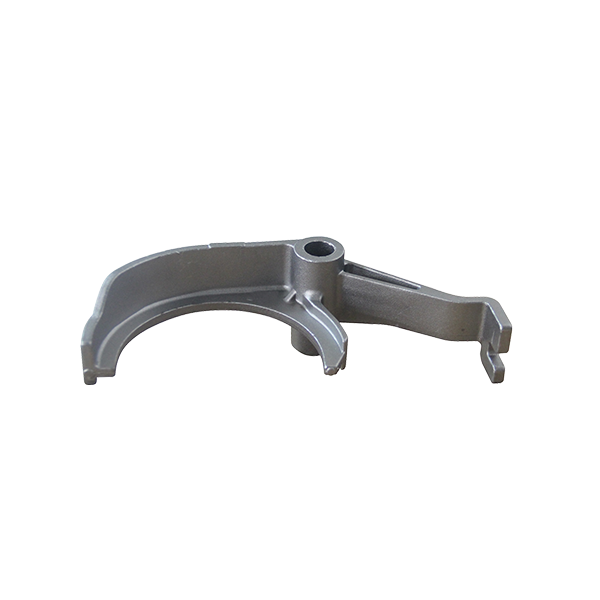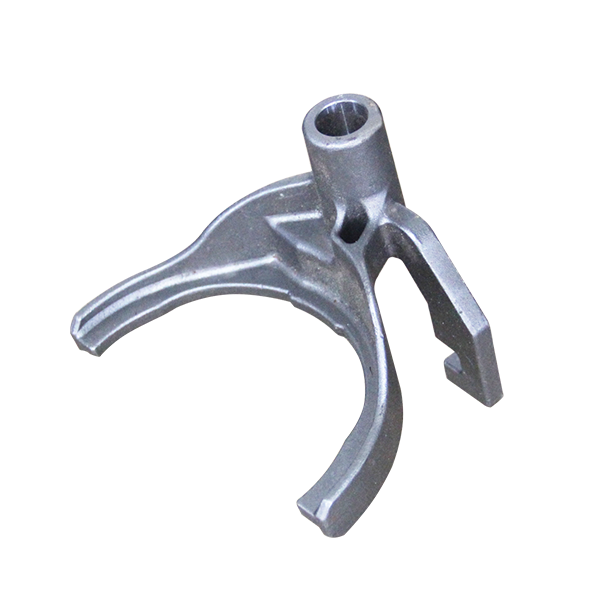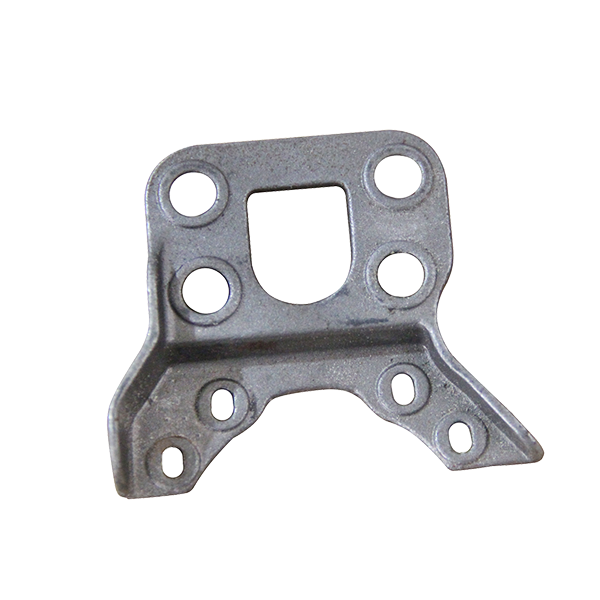The investment casting is treated by hot isostatic pressure
Thermal isostatic pressure technique
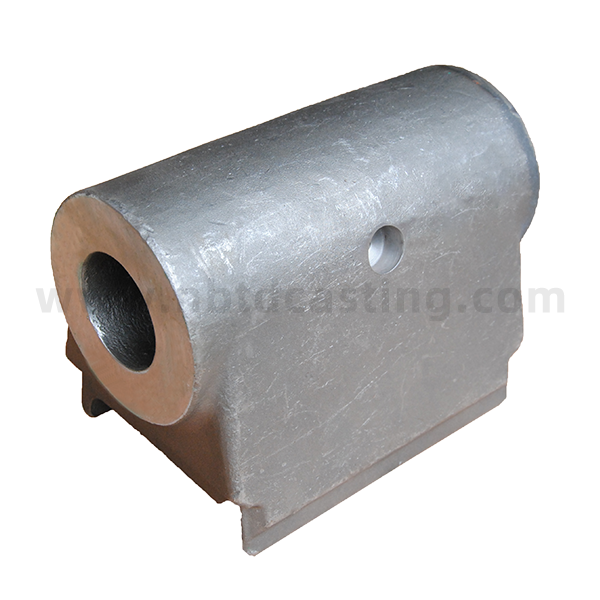
Defects such as internal shrinkage in investment casting are usually present which make mechanical properties and service reliability lower than in forgings.Hot isostatic pressure (HIP) technology has been widely used in turbine blades to obtain dense investment casting.About investment casting.
Thermoisostatic pressure USES high temperature and high pressure to cause internal loosening and hot cracks in castings to heal due to metal creep and plastic deformation.After processing, the density of the casting can reach the theoretical density of the metal, thus homogenizing the structure, improving the performance and dispersing the performance well.The high temperature and low cycle fatigue properties of nickel base superalloy, titanium alloy and aluminum alloy can be improved by 3 to 10 times by thermal isostatic pressure.The stress fracture life of nickel base superalloy and titanium alloy was increased by 2 times.Life increased threefold;The performance and dispersion of the casting decreased to 1/6.
The rejection rate can be reduced during X-ray and surface inspection by hot isostatic pressure treatment.Reduce cracks after welding;To improve the properties of investment casting instead of forging.
Many aircraft manufacturers in the UK and the us have made it clear that thermal isostatic pressure is an essential process for critical investment casting such as blades.Many titanium alloy casting plants in Europe and the United States have a significant number of castings that also undergo superheated isostatic pressure.For example, the USA Hammet and France Messer Square Radar Laudy 100 titanium castings are treated by thermal isostatic pressure.At West Deitart, Belgian titanium technologies and American titanium technologies, the thermal isostatic pressure capacity of the casting is 2o-80.
Rapid prototyping
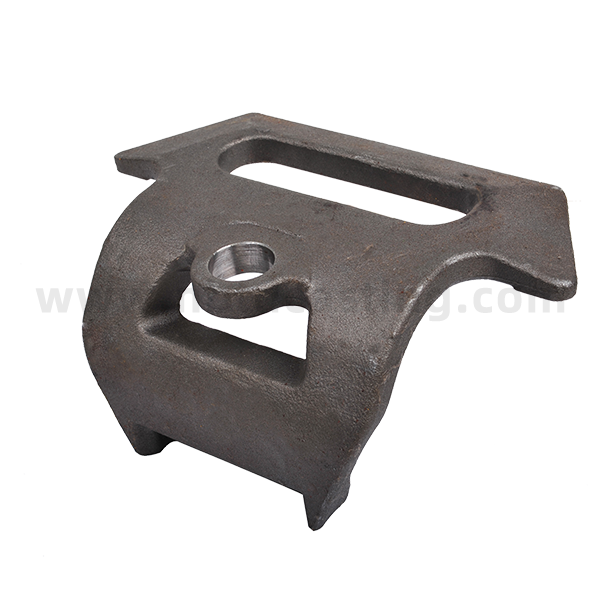
RPT, a rapid prototyping technique developed in the 1980s, has been used in investment casting.If plastic, wax and paper prototypes made by RPT's sLA, SLS, LS, FOM or LOM processes are used instead of traditional wax molds, or ceramic shells made by DSPC processes are used for investment casting, the process is greatly simplified.Shorten production cycle.
The most widely used RPT process is still the sLA method.Sla-250, sla-500 machines were introduced in 1993 and 1994 with the "Quick Cast TM 1.0" Qulck Cast TM 1.1 "manufacturing system for rapid and accurate design and manufacture of prototype SLA plastics for casting.The prototype successfully produced a number of precision factories, such as Boeing 747 cargo door bracket, six-blade impeller and other alloy castings
Various investment castings have also been produced using SLS polycarbonate prototypes, FDM wax prototypes and LOM paper prototypes.
Australia compared investment castings produced by sLA, SLS, LOM and FDM prototypes.From an accuracy point of view, the SLA approach is best, and the LOM prototype is best for the overall surface finish of the casting.
The DSPC process directly USES CAD data to automatically fabricate ceramic shells for investment casting, thereby minimizing the production cycle.Soli-gen's DSPC equipment is reported to be used to produce jet engine parts.
Plastic surgery implants in the earth's crust.However, due to the size of the machine, the effective working space is 406 mm ×406 mm ×406 mm, and it is not possible to produce larger size investment casting.




